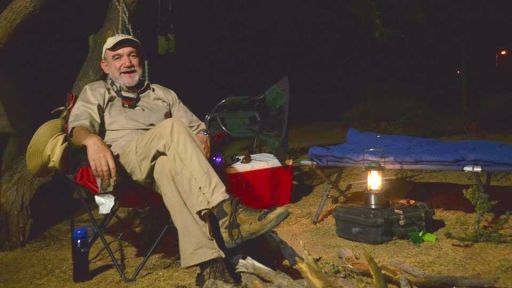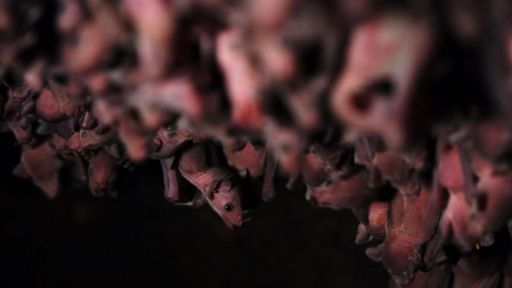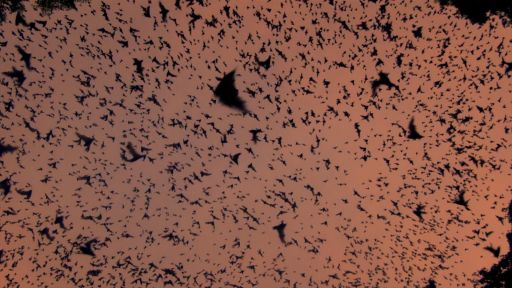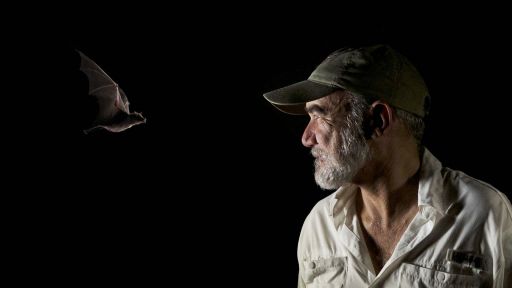To track the migration patterns and distances of the lesser long-nosed bats, Ecologist Rodrigo Medellin coats the bats he catches in harmless UV dust, which they lick off and digest. The glowing dust passes through their system, and by tracking the glowing bat droppings, he can prove how far they’ve flown.
Features




- [Narrator] Rodrigo has a chance to solve a puzzle that's long been on his mind.
How far can they fly in one night?
- It is a female.
Very lively.
In very, very good health.
We're going to mark it with a blue powder.
- [Narrator] Rodrigo coats the bats he catches in harmless UV dust, which they will lick off and digest.
- We keep that head out so that the powder does not affect its senses.
That should be enough.
- [Narrator] The bats will now head on to their roost, where within the day, the glowing dust they've licked will pass through their system.
And if Rodrigo can find a glowing bat dropping there, he can prove how far they've flown, at least in theory.
No one has tried this before.
At daybreak, 50 kilometers from the cactuses, Rodrigo finally arrives at the most important cave.
The end point of their long journey.
The birth cave of the tequila bats.
Night falls.
And then... At first a trickle, then more emerge.
At least some of the bats have made it.
It's a tremendous relief for Rodrigo.
Now the mothers have left the cave to find food, it's safe for Rodrigo to go inside.
They turn on their UV torches and carefully comb the cave.
- Ah!
Blue poop.
This is proof that these bats are really long distance flyers, doing 50 kilometer, one way trips, and then coming back every night.
This is a really good find.
Confirmation.
- [Narrator] To fly to the cactus where Rodrigo dusted it and back is a 100 kilometer round trip.
No one suspected the bats could fly so far.
You May Also Like






